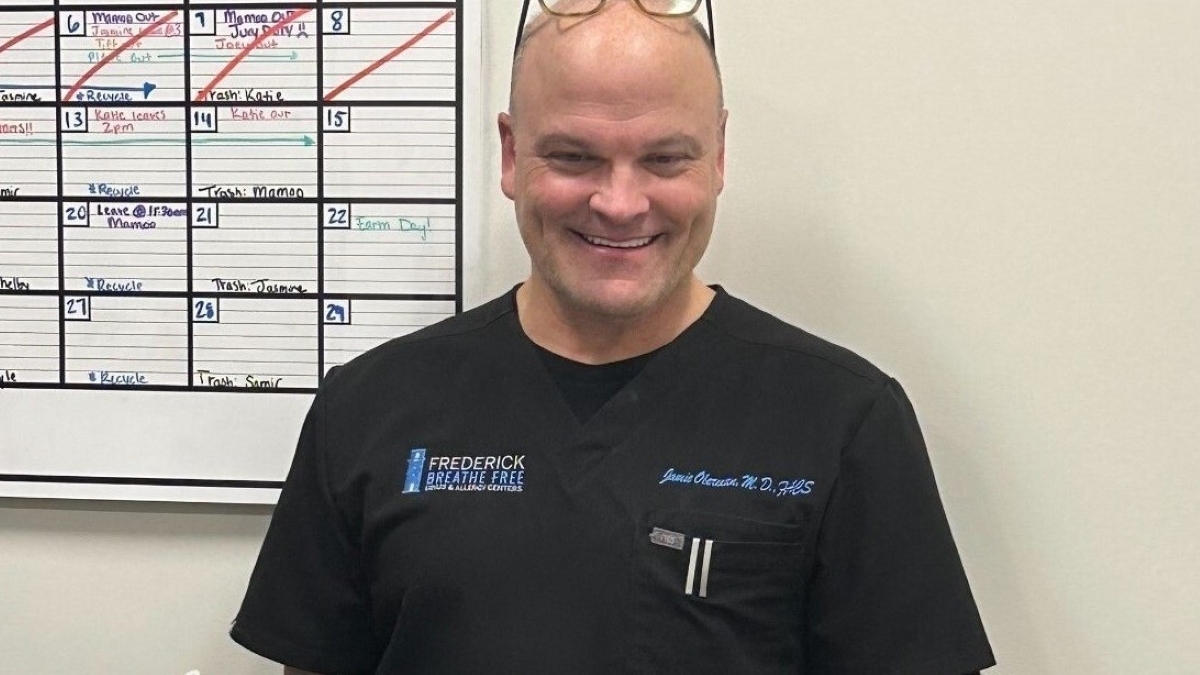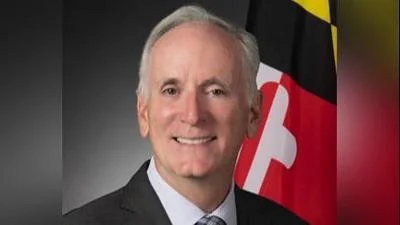Dr. Jamie Oberman | Frederick Breathe Free | Facebook
Dr. Jamie Oberman | Frederick Breathe Free | Facebook
- The majority of Americans receiving health insurance from their employer are subject to an annual deductible.
- If you've already met your deductible, you have the opportunity to save on healthcare costs at the end of the year.
- If you're struggling with sinusitis, a balloon sinuplasty is a quick, in-office procedure that many medical insurance companies cover in some form.
"What that does is address the anatomy in a minimally invasive, comfortable way for the patient without having to undergo general anesthesia, which was the conventional approach typical before the innovation with the balloons," Dr. Oberman told Maryland State Wire. "Under topical and local anesthesia, you can find the normal anatomic opening and widen it essentially. If you can open that anatomy with the balloon, there's much less morbidity, it's safer for the patient, and it's also more cost-effective and efficient."
Balloon sinuplasty, also known as balloon catheter dilation, is a procedure designed to alleviate blocked sinuses, according to Healthline. Approved by the Food and Drug Administration in 2005, this relatively new procedure is often colloquially known as the "smart sinus" technique. It's minimally invasive and can be completed in an in-office setting.
In its 2014 statement, the American Academy of Otolaryngology—Head and Neck Surgery (AAO-HNS) advocated for the inclusion of balloon sinuplasty as a standard covered procedure by all insurance providers.
Not only does a balloon sinuplasty cost much less than other traditional sinus procedures, but many insurance companies are now offering either partial or complete coverage of the treatment, according to GoodRX.
According to Frederick Breathe Free's website, Dr. Oberman earned his bachelor's degree from Boston College. Subsequently, he pursued his graduate studies at Tufts Medical School through the Navy Health Professions Scholarship Program, a program similar to ROTC for aspiring medical professionals. After completing medical school, he began a career in the Navy, which spanned until his retirement in 2017, when he entered the field of comprehensive Ear, Nose, and Throat (ENT) medicine.


 Alerts Sign-up
Alerts Sign-up